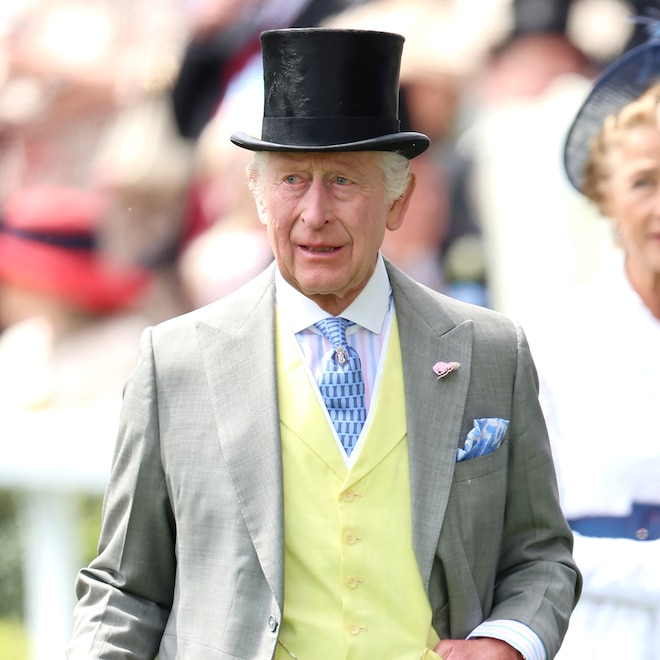
Brain fog, fatigue, anxiety, trouble sleeping, and changes in mood, among other symptoms, have begun to define what it means to battle long COVID. It seems the list can’t get any longer, but new research suggests those with long COVID may also have reduced exercise capacity, measured by how much oxygen your body can use and how your heart and lungs function during exercise.
In a study published Wednesday in JAMA Network, researchers analyzed a variety of studies to compare over 350 people who recovered from a COVID-19 infection with over 460 people who experience symptoms related to long COVID to test their peak oxygen consumed during exercise (known as VO2 max).
The participants completed exercises using a treadmill or stationary bike, and oxygen levels were monitored along with measurements of heart and lung function over three months after the initial COVID-19 infection. On average, the people experiencing long COVID symptoms had a lower peak oxygen level than those who were fully recovered. This is expressed by the metabolic equivalent of tasks (METs) measuring energy expended during exercise.
“This decline in oxygen peak rate would roughly translate to a 40-year-old woman with an expected exercise capacity of 9.5 METs, dropping to 8.1 METs, the approximate expected exercise capacity for a 50-year-old woman,” says Dr. Matt Durstenfeld, an author on the study and assistant professor of medicine at the University of California, San Francisco, in a press release. This can look like switching from doubles tennis to golfing using a cart, or going to low-impact aerobics instead of swimming laps, he adds, emphasizing that the study looked at averages so exercise capacity still varies by person.
Deconditioning, or the body’s response to the inactivity that can happen post-COVID infection and particularly for those hospitalized, could explain the change in exercise capacity for those with long COVID. Further, the researchers point to dysfunctional breathing patterns, the inability to increase heart rate, and “abnormal peripheral oxygen extraction” or the body’s trouble extracting and using oxygen to operate properly, which may also explain the reduced exercise capacity for those with long COVID.
The researchers conclude that there is a “modest but consistent” pattern that those with long COVID have a reduced exercise capacity, although there remains “low certainty in the magnitude of the effect,” in part due to the small sample size.
“Trials of potential therapies are urgently needed, including studies of rehabilitation to address deconditioning, as well as further investigation into dysfunctional breathing, damage to the nerves that control automatic body functions and the inability to increase the heart rate adequately during exercise,” says Dr. Priscilla Hsue, an author of the study and professor of medicine at the University of California, San Francisco, in the press release.

















:quality(85):upscale()/2024/12/24/622/n/1922564/9eb50f2c676abd9f1647c5.05876809_.jpg)








